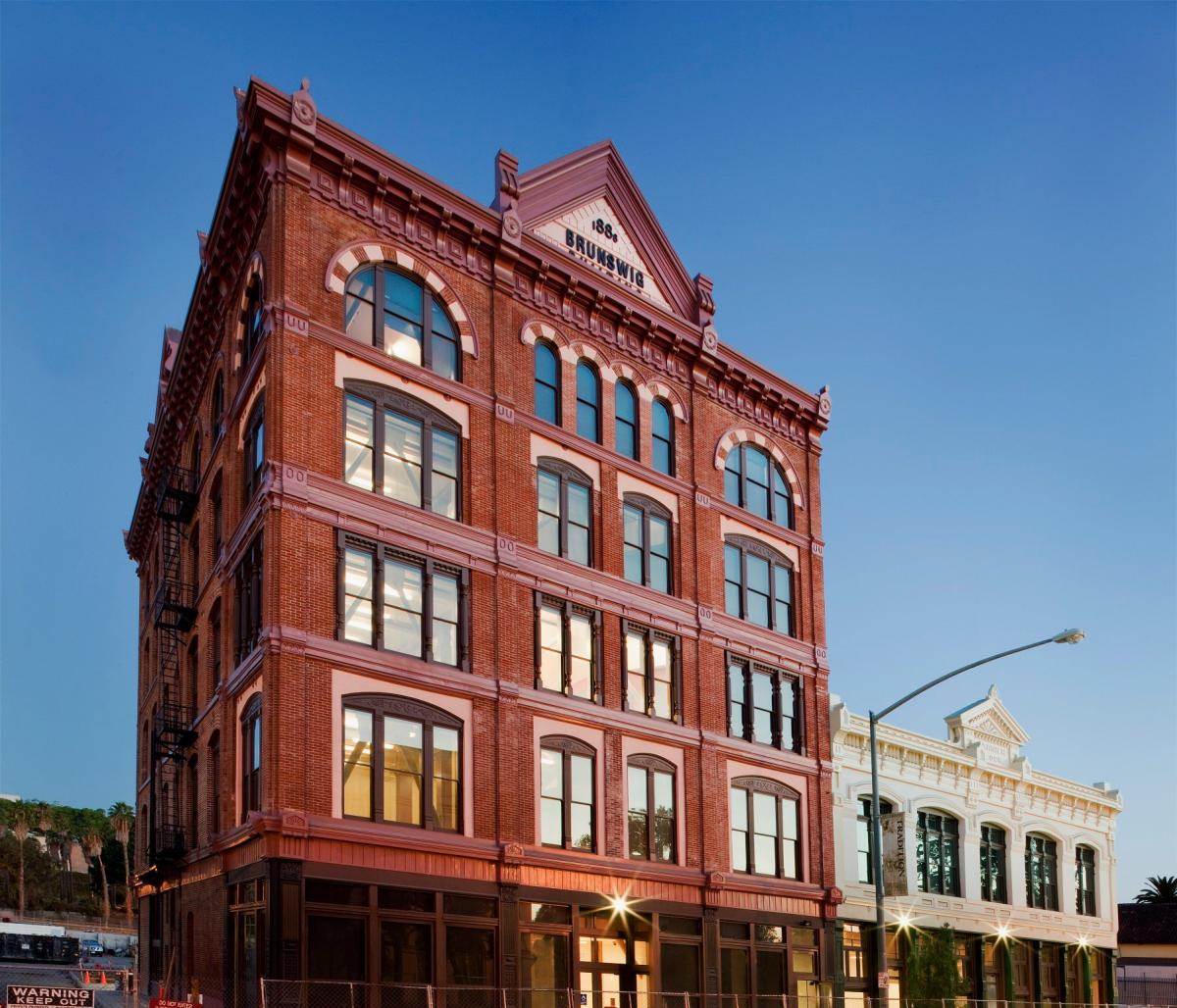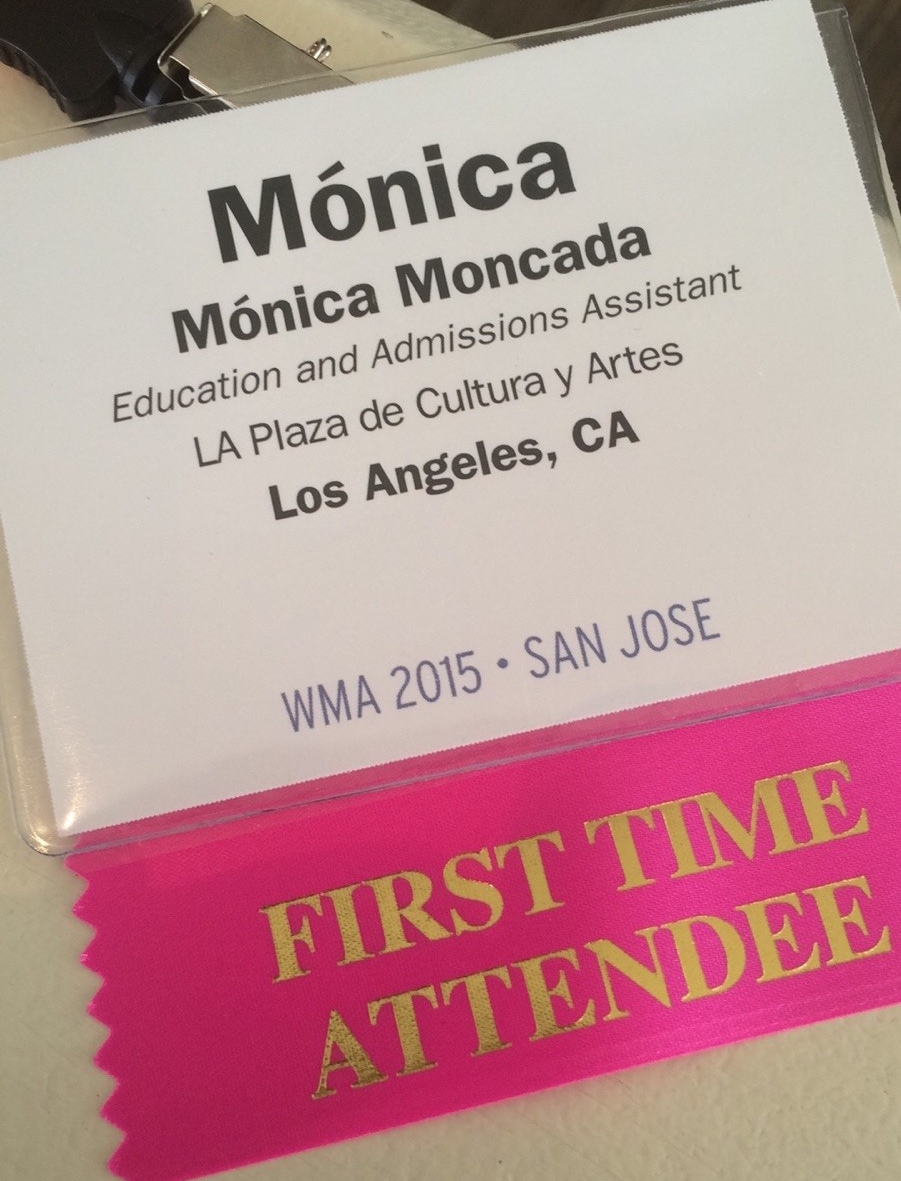By Monica Moncada
 Growing up in a predominately working-class, Mexican community, I had never truly understood the power that history and awareness can hold. I grew up hearing stories about my family, my community, and my culture, but I did not realize how much power my family’s stories had. Going through grade school none of the knowledge that I learned from my parents was ever validated during class. If it wasn’t for courses on rethinking history during college, then I would not have known that I can use my knowledge to empower my community and other folks who may have never seen themselves in history books. Attending the Western Museums Association Annual Meeting has expanded my views in ways that museums and museum professionals can use their resources and privilege to collaborate with and empower underrepresented communities and communities of color.
Growing up in a predominately working-class, Mexican community, I had never truly understood the power that history and awareness can hold. I grew up hearing stories about my family, my community, and my culture, but I did not realize how much power my family’s stories had. Going through grade school none of the knowledge that I learned from my parents was ever validated during class. If it wasn’t for courses on rethinking history during college, then I would not have known that I can use my knowledge to empower my community and other folks who may have never seen themselves in history books. Attending the Western Museums Association Annual Meeting has expanded my views in ways that museums and museum professionals can use their resources and privilege to collaborate with and empower underrepresented communities and communities of color.
I currently work at a Mexican and Mexican American museum in Los Angeles, called LA Plaza de Cultura y Artes. As my first job out of college, I am very humbled to have the opportunity to use knowledge learned from my family and school to facilitate conversations about Mexican and Mexican American experiences in Los Angeles. Working as the Education and Admissions Assistant, I learn from everyone in and around my community—from Chicano scholars and academics to local community organizers and school children. Receiving the Wanda Chin Scholarship has allowed me to continue to learn new ways how to better serve my community. At the conference, I met several museum professionals and institutions that are working hard to change lives in their respective communities. LA Plaza is finally at a place where we can explore these new trends and create educational and public programs that speak to our audience.
One of my projects is to assist the Education team in creating educational curriculum that outlines the Mexican experience in Los Angeles from the late 1700s to the present. It is a very difficult project that often doesn’t have objects or pictures to illustrate it, but I know I am not alone. During the sessions, I learned how museums have overcome similar obstacles and have created successful, long-terms solutions. I am glad to have seen this strong sense of trust and unity among WMA members so I know I can find support when I need it.

One of the strongest examples I saw at the WMA Annual Meeting that presented best practices in working with space and community was the session, “Art and Environment: Cultural Participation in Hybrid Spaces,” where I learned about the Evergreen Cemetery project located in Santa Cruz, CA. The speaker of this section was the Chairperson of the Evergreen Cemetery, Sibley Simon. Although the cemetery was part of the Santa Cruz Museum of Art and History, the museum did not know what to do with the cemetery and they asked Simon, who is a non-museum professional, to work with the space. When he arrived to the cemetery, it was covered with wild foliage and inhabited by Santa Cruz’s homeless population. Taking on the project with an open mind and different perspective than the average museum professional, he decided to make the project a community effort. The first part involved cleaning up the cemetery. Since this space was their home, many homeless folks joined the project early on and helped clean it up. I really was inspired by how various stakeholders were considered as part of the project and involved in its revitalization. But what was most inspiring to me was when he came across the Chinese section of the cemetery. Upon doing research on local history, he discovered that Santa Cruz was once home to a very strong Chinese community that was largely displaced due to the Anti-Chinese movement during the late 1800s. Across the country, Chinese and Chinese Americans faced great discrimination under the hands of our own government and were banned from the country with the Chinese Exclusion Act of 1882. To Simon’s surprise, he found out that Santa Cruz once had a Chinatown and he wanted others to know about this largely unknown piece of Santa Cruz history. In collaboration with descendants of those buried and experts in this time period, a beautiful monument to the Chinese community in Santa Cruz was created. Since then the space has been used for several purposes—from ceremonial rituals commemorating the Chinese residents to a local spot where Santa Cruz residents can relax and learn something new.
The example of Evergreen Cemetery pushes boundaries in terms of the responsibility museums have in serving their community. Sometimes we find stories that are painful but important to talk about. If the foliage covering the cemetery was never removed, then citizens of Santa Cruz would have remained unaware of its existence. Even though the Chinese community was removed, their contributions to the city and their history endures. My institution has a similar story: a cemetery was uncovered during the months leading up to the opening and many Native American remains were disturbed. We had similar extensive collaboration with Native groups in terms of what to do with the remains and how to best go about the situation. The Evergreen Cemetery sets an excellent example of how the cemetery is an active space where locals and descendants can engage with history and their ancestors. LA Plaza is working towards deepening our relationship with descendants of those interred and supporting them as best we can. Internally, we are working with the Tongva/Gabrielino Tribal Council of the Greater Los Angeles Basin in developing a section of our permanent exhibition that explores Native California.
I am very humbled to have received the Wanda Chin scholarship. As an emerging museum professional and first generation scholar in this country, conferences allow me to learn the museum language and ways that museums are changing their social connections and community relationships.

Monica is a first-generation college student and daughter of a long history of farm workers from central west Mexico. She is passionate about healing and empowerment through learning about your own family history. She received her bachelors in Anthropology at the University of California, Berkeley where she had her first museum job as a museum assistant at the Phoebe A. Hearst Museum of Anthropology. She hopes to further her understanding about the history of race and racism in the United States and learning how to disseminate this information to people with various educational levels.








Add new comment